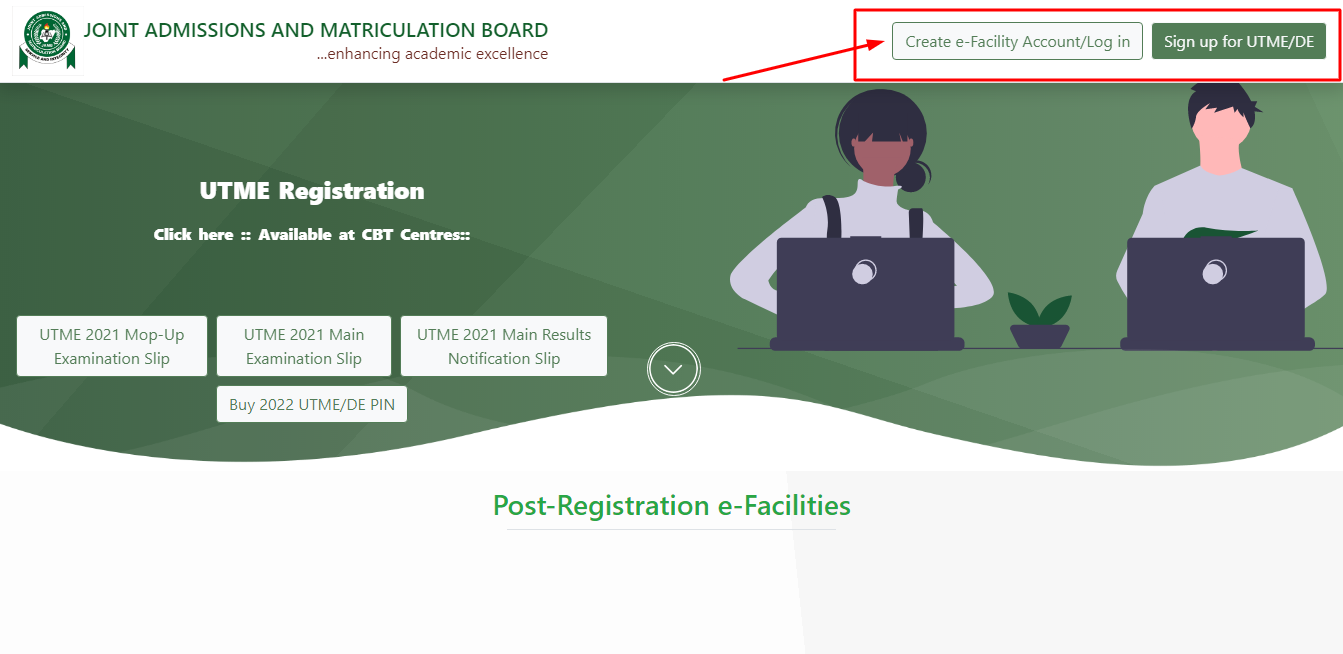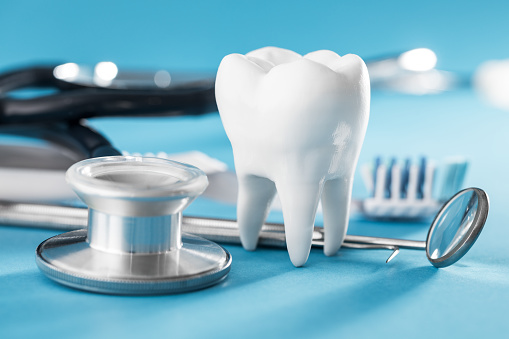JAMB Mathematics Syllabus 2024/2025: Is JAMB Syllabus for Mathematics out for this year’s JAMB?, When will JAMB Mathematics syllabus be out? What topics do JAMB set questions from Mathematics the most in JAMB?, what is the most repeated topic in JAMB’s Mathematics?
Welcome SAVANT! to another exciting episode of my “JAMB Doctor Series“, in this episode I will provide you with the official topics recognize by JAMB, which the board expects you are a guru in before entering the hall to sit for your JAMB Mathematics Exam. STAY TUNED!

Have you ever wondered where you can find the topics for Mathematics JAMB normally asks or the most repeated topics or question in JAMB Maths? then you are a step away from finding your answer.
The short answer to the above question is “JAMB Syllabus”, in fact, JAMB Syllabus is the only expo you will be getting as you prepare for 2024/2025 UTME Exams, this syllabus contains area of concentrations and topics your questions will be asked from.
Read Also: WAEC Marking Scheme For All subjects: Grading System
ARE YOU ON TELEGRAM? Subscribe To My Telegram Channel For Frequent Updates & Guide by clicking the "SUBSCRIBE NOW" button below.
Any smart students would cherish this piece (Syllabus) and make effective use of it, the fact that you are searching for this now, simply means you are in the right direction. you should see my top notch guide on How To Pass JAMB 2024/2025 With High Score (300+).
For the sake of students who do not fully understand what JAMB syllabus is, I will give a brief explanation about this and then provide you with the relevant topics and area of concentration as provided in JAMB Mathematics Syllabus
I will also make the pdf available for download at the end of this write up… Enjoy!
What Is JAMB Mathematics Syllabus?

JAMB Syllabus for Mathematics is a collection of topics JAMB expects students to be well grounded in before they sit for their Mathematics exam. If Maths is one of the subjects you will sit for in JAMB, then you need this Mathematics syllabus.
This syllabus were actually compiled by JAMB, so it is something you can rely on.
The aim of the Unified Tertiary Examination Board Syllabus in Mathematics is to guide candidates in their preparation for the Board’s exam.
Advantages of Using JAMB Mathematics Syllabus To Prepare?
Of course using JAMB syllabus to prepare for Mathematics in JAMB has its perks, some of these advantages includes…
- Expose you to topics you never taught were important
- You begin to see how JAMB thinks, and also expose you to what you should expects in different topics
- On the syllabus is also contained recommended textbooks, using JAMB recommended textbooks is key
With these I hope you will grab the opportunity of making good use of JAMB Mathematics Syllabus I will be providing you with shortly…
Read Also: JAMB Profile 2024/2025 How To Create & Access It (All To Know)
JAMB Mathematics Syllabus

JAMB Mathematics syllabus is designed to evaluate your ability to:
- Acquire computational and manipulative skills;
- Develop precise, logical and formal reasoning skills;
- Develop deductive skills in interpretation of graphs, diagrams and data;
- Apply mathematical concepts to resolve issues in daily living.
JAMB Mathematics Syllabus consists of five (5) sections:
- SECTION A: Number and Numeration
- SECTION B: Algebra
- SECTION C: Geometry/Trigonometry.
- SECTION D: Calculus
- SECTION E: Statistics
Download your copy of the syllabus here👇
Below is a detailed list of JAMB Mathematics syllabus/Content
Section I: Number & Numeration
1. Number bases:
Topics:
- operations in different number bases from 2 to 10;
- conversion from one base to another including fractional parts.
Study Objectives:
You should be able to:
- perform four basic operations (x,+,-,÷)
- convert one base to another.
2. Fractions, Decimals, Approximations and Percentages:
Topics:
- Fractions and decimals;
- Significant figures;
- Decimal places;
- Percentage errors;
- Simple interest;
- Profit and loss percent;
- Ratio, proportion and rate;
- Shares and valued added tax (VAT).
3. Indices, Logarithms and Surds:
Topics:
- Laws of indices;
- Standard form;
- Laws of logarithm;
- Logarithm of any positive number to a given base;
- Change of bases in logarithm and application;
- Relationship between indices and logarithm;
- Surds.
4. Sets:
Topics:
- types of sets
- algebra of sets
- venn diagrams and their applications.
Section II: Algebra
1. Polynomials:
Topics:
- change of subject of formula
- factor and remainder theorems
- factorization of polynomials of degree not exceeding 3.
- multiplication and division of polynomials
- roots of polynomials not exceeding degree 3
- simultaneous equations including one linear one quadratic;
- graphs of polynomials of degree not greater than 3.
2. Variation:
Topics:
- direct
- inverse
- joint
- partial
- percentage increase and decrease.
3. Inequalities:
Topics:
- analytical and graphical solutions of linear inequalities;
- quadratic inequalities with integral roots only.
4. Progression:
Topics:
- nth term of a progression
- sum of A. P. and G. P.
Study Objectives:
You should be able to:
- determine the nth term of a progression;
- compute the sum of A. P. and G.P;
- sum to infinity of a given G.P.
5. Binary Operations:
Topics:
- properties of closure, commutativity, associativity and distributivity;
- identity and inverse elements (simple cases only).
Study Objectives:
Candidates should be able to:
- solve problems involving closure, commutativity, associativity and distributivity;
- solve problems involving identity and inverse elements.
6. Matrices and Determinants:
Topics:
- algebra of matrices not exceeding 3 x 3;
- determinants of matrices not exceeding 3 x 3;
- inverses of 2 x 2 matrices [excluding quadratic and higher degree equations].
Section III: Geometry & Trigonometry
1. Euclidean Geometry:
Topics:
- Properties of angles and lines
- Polygons: triangles, quadrilaterals and general polygons;
- Circles: angle properties, cyclic quadrilaterals and intersecting chords;
- construction.
Study Objectives:
Candidates should be able to:
- identify various types of lines and angles;
- solve problems involving polygons;
- calculate angles using circle theorems;
- identify construction procedures of special angles, e.g. 30°, 45°, 60°, 75°, 90° etc.
2. Mensuration:
Topics:
- lengths and areas of plane geometrical figures;
- lengths of arcs and chords of a circle;
- Perimeters and areas of sectors and segments of circles;
- surface areas and volumes of simple solids and composite figures;
- the earth as a sphere:- longitudes and latitudes.
Study Objectives:
Candidates should be able to:
- calculate the perimeters and areas of triangles, quadrilaterals, circles and composite figures;
- find the length of an arc, a chord, perimeters and areas of sectors and segments of circles;
- calculate total surface areas and volumes of cuboids, cylinders. cones, pyramids, prisms, spheres and composite figures;
- determine the distance between two points on the earth’s surface.
3. Loci:
Topic:
- locus in 2 dimensions based on geometric principles relating to lines and curves.
Study Objectives:
Candidates should be able to:
- identify and interpret loci relating to parallel lines, perpendicular bisectors, angle bisectors and circles.
4. Coordinate Geometry:
Topics:
- midpoint and gradient of a line segment;
- distance between two points;
- parallel and perpendicular lines;
- equations of straight lines.
5.Trigonometry:
Topics:
- trigonometrical ratios of angels;
- angles of elevation and depression;
- bearings;
- areas and solutions of triangle;
- graphs of sine and cosine;
- sine and cosine formulae.
Section IV: Calculus
I. Differentiation:
Topics:
- limit of a function
- differentiation of explicit algebraic and simple trigonometrical functions-sine, cosine and tangent.
Study Objectives
Candidates should be able to:
- find the limit of a function
- differentiate explicit algebraic and simple trigonometrical functions.
2. Application of differentiation:
Topics:
- rate of change;
- maxima and minima.
Study Objective
Candidates should be able to:
- solve problems involving applications of rate of change, maxima and minima.
3. Integration:
Topics:
- integration of explicit algebraic and simple trigonometrical functions;
- area under the curve.
Section V: Statistics
1. Representation of data:
Topics:
- frequency distribution;
- histogram, bar chart and pie chart.
Study Objectives:
You should be able to:
- identify and interpret frequency distribution tables;
- interpret information on histogram, bar chat and pie chart
2. Measures of Location:
Topics:
- mean, mode and median of ungrouped and grouped data – (simple cases only);
- cumulative frequency.
3. Measures of Dispersion:
Topic:
- range, mean deviation, variance and standard deviation.
4. Permutation and Combination:
Topics:
- Linear and circular arrangements;
- Arrangements involving repeated objects.
Study Objective:
Candidates should be able to:
- solve simple problems involving permutation and combination.
5. Probability:
Topics
- experimental probability (tossing of coin, throwing of a dice etc);
- Addition and multiplication of probabilities (mutual and independent cases).
Study Objective:
Candidates should be able to:
- solve simple problems in probability (including addition and multiplication).
Frequently Asked Questions
Number of Questions JAMB Sets In Mathematics
The total number of question JAMB ask in Mathematics is 40, with each question carrying 2.5 marks.
This means if after answering mathematics, you were able to answer 30 questions correctly in JAMB you have been able to secure 75 marks for yourself.
Recommended Textbooks For Mathematics
To make sure your reading is inline with what your should know, JAMB has prepared a list of textbooks that will help you achieve that purpose, you can find the complete list of JAMB recommended Mathematics Textbooks here.
Is JAMB Mathematics Syllabus Out?
Yes, JAMB Syllabus for Maths is out and Can be accessed here on Drugsavant or On JAMB IBASS
In Conclusion
It is advisable you go through these topics listed here, as they would help you have a more directed preparation and reading for JAMB Mathematics.
This will be all for now, I understand you may have a question or two to ask, feel free to drop them using the comment box below!
Ensure to share this with friends on Facebook, Whatsapp, or any other social media network you can connect them with…
Related Searches... a. jamb mathematics syllabus 2024 b. jamb mathematics syllabus 2024/2025 pdf c. jamb syllabus d. jamb mathematics syllabus pdf
JAMB SYLLABUS FOR OTHER SUBJECTS... A. JAMB English Syllabus B. JAMB Mathematics Syllabus C. JAMB Syllabus For Physics D. JAMB Chemistry Syllabus E. JAMB Syllabus For Biology F. JAMB Economics Syllabus G. JAMB Syllabus For Christian Religious Studies (CRS) H. JAMB government Syllabus I. JAMB Syllabus for Commerce J. JAMB Literature in English Syllabus K. JAMB Computer Studies Syllabus



